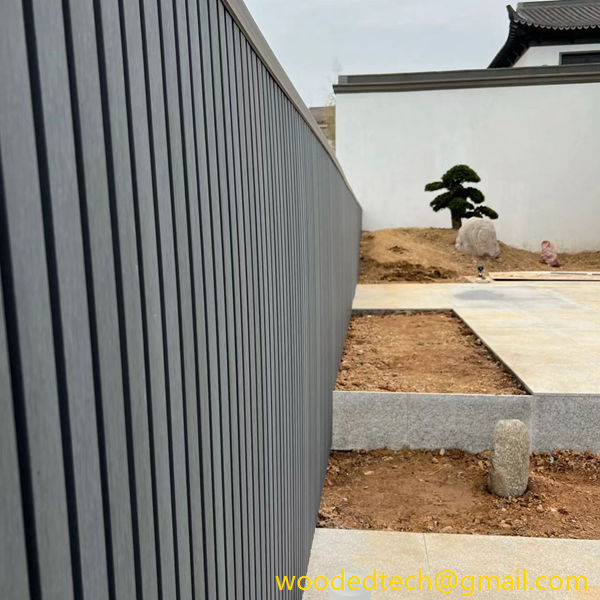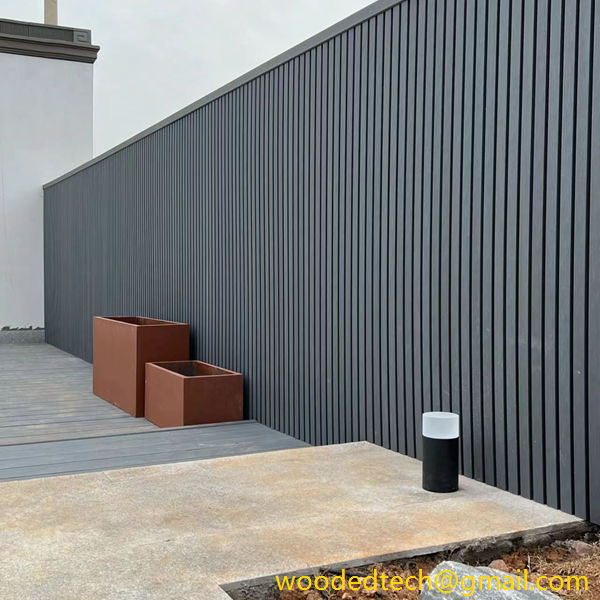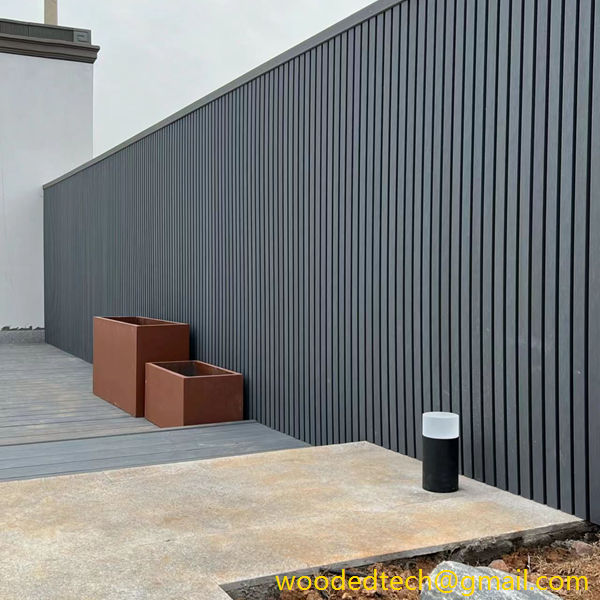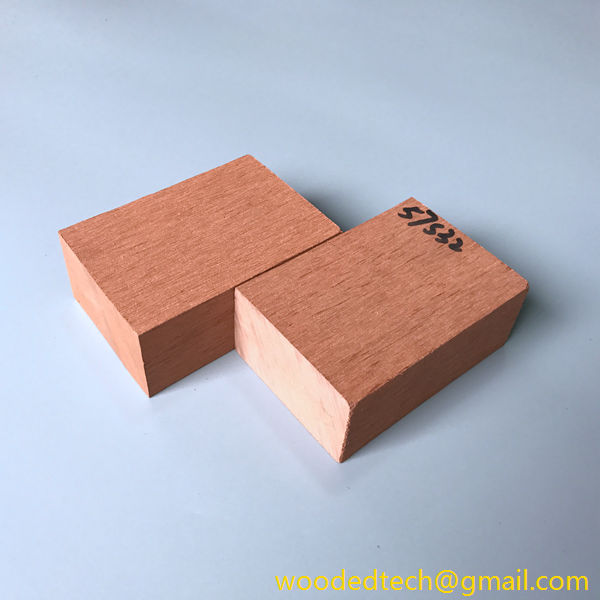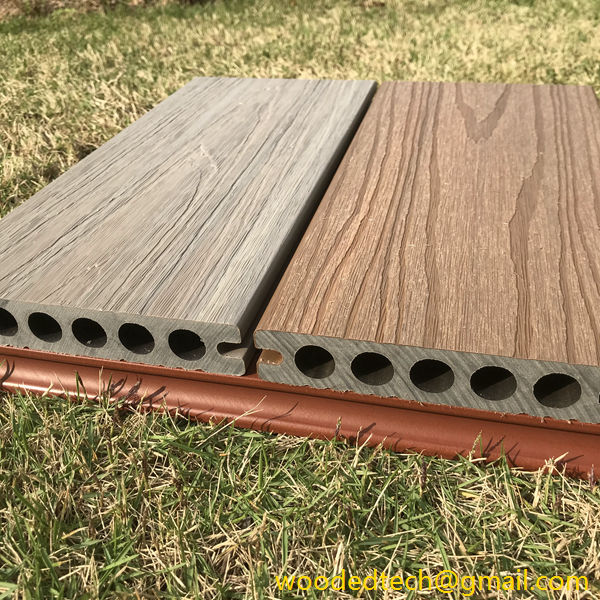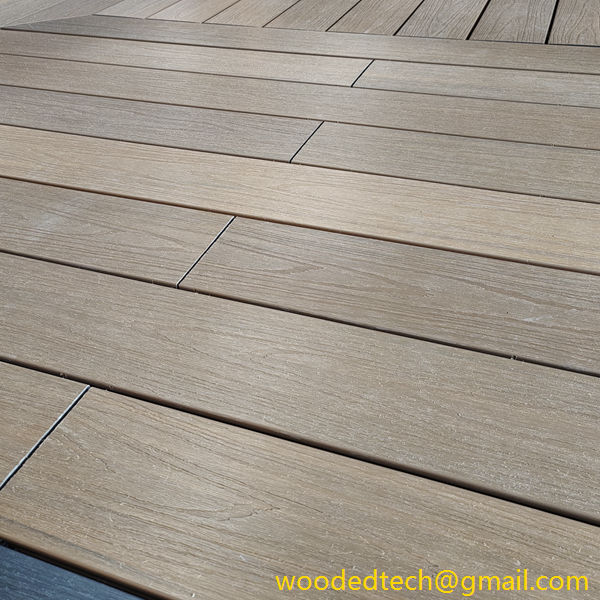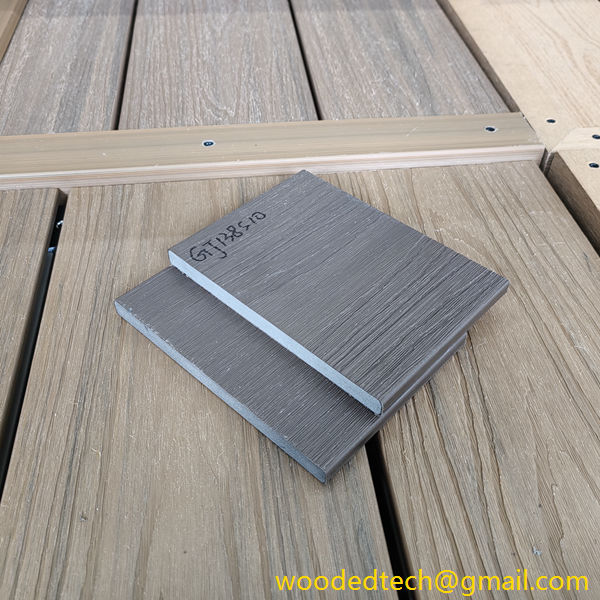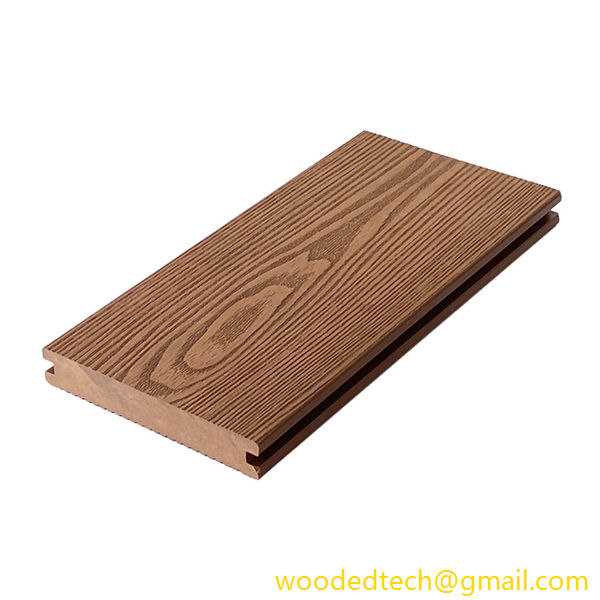How WPC Wall Panel Work Enhances Your Space
How WPC Wall Panel Work Enhances Your Space WPC wall panels, or Wood Plastic Composite wall panels, have emerged as a popular choice among homeowners and designers seeking to enhance their living spaces. These innovative materials offer a unique blend of aesthetics and functionality, making them an ideal solution for both interior and exterior applications….
How WPC Wall Panel Work Enhances Your Space
WPC wall panels, or Wood Plastic Composite wall panels, have emerged as a popular choice among homeowners and designers seeking to enhance their living spaces. These innovative materials offer a unique blend of aesthetics and functionality, making them an ideal solution for both interior and exterior applications. Understanding how WPC wall panels work can shed light on their numerous benefits and how they can transform any space into a visually appealing and durable environment.
One of the most significant advantages of WPC wall panels is their composition. Made from a combination of wood fibers and plastic, these panels are engineered to mimic the appearance of natural wood while providing enhanced durability and resistance to environmental factors. This composite material is not only lightweight but also offers superior strength, making it suitable for various applications, including residential, commercial, and industrial settings.
The manufacturing process of WPC wall panels involves blending recycled wood materials with high-density polyethylene or other thermoplastics. This results in a product that is not only eco-friendly but also sustainable, as it reduces the reliance on traditional wood sources. The production of WPC panels often incorporates advanced technology that ensures a consistent finish and high-quality output, leading to a product that is both attractive and functional.
In terms of aesthetics, WPC wall panels come in a wide range of colors, textures, and finishes. This versatility allows homeowners and designers to choose panels that complement their existing decor or create a striking focal point in a room. Whether you prefer the warm tones of natural wood, sleek modern finishes, or vibrant colors, WPC wall panels can meet diverse design preferences. Additionally, the ability to customize these panels further enhances their appeal, allowing for unique designs that reflect personal style.
WPC wall panels also offer practical benefits that enhance their usability in various settings. One of these benefits is their resistance to moisture and humidity. Unlike traditional wood, which can warp, swell, or decay when exposed to water, WPC panels are impervious to moisture damage. This makes them an excellent choice for areas prone to high humidity, such as bathrooms, kitchens, and outdoor spaces. Their water-resistant properties ensure that the aesthetics of your space remain intact over time.
Another advantage of WPC wall panels is their low maintenance requirements. Unlike traditional wood, which may require regular painting, staining, or sealing, WPC panels can be easily cleaned with soap and water. This low-maintenance characteristic is particularly appealing to busy homeowners who may not have the time or resources to devote to extensive upkeep. The durability of WPC panels also means they are less likely to suffer from scratches, dents, or fading, ensuring that your investment lasts for years.
When it comes to installation, WPC wall panels are designed for ease of use. Many products feature interlocking systems or tongue-and-groove designs that allow for quick and straightforward installation. This user-friendly approach means that both professionals and DIY enthusiasts can successfully install WPC panels without the need for extensive tools or expertise. The lightweight nature of the panels also makes them easier to handle, reducing the risk of injury during installation.
One of the standout features of WPC wall panels is their thermal insulation properties. The composite material acts as an insulator, helping to regulate indoor temperatures and reduce energy costs. By providing an additional layer of insulation, WPC panels can contribute to a more energy-efficient home, keeping it cooler in the summer and warmer in the winter. This energy efficiency not only benefits the environment but also translates into savings on utility bills.
Beyond their functional benefits, WPC wall panels also contribute to the overall ambiance of a space. The warm, natural look of wood combined with the modern appeal of plastic creates a unique aesthetic that can elevate any room. Whether used in a cozy living room, a stylish office, or an outdoor patio, WPC panels add texture and depth, enhancing the overall design. Their ability to create a welcoming and comfortable atmosphere makes them an ideal choice for both residential and commercial environments.
From a sustainability perspective, WPC wall panels are an excellent choice for environmentally conscious consumers. The use of recycled materials in their production aligns with a growing trend toward sustainable building practices. By choosing WPC panels, homeowners can reduce their carbon footprint while still enjoying the beauty and functionality of wood-like materials. This aligns with a broader movement toward eco-friendly home improvement solutions that prioritize responsible sourcing and waste reduction.
In conclusion, WPC wall panels offer a wealth of benefits that enhance any space. Their combination of aesthetic appeal, durability, low maintenance, and sustainability make them a compelling choice for modern interiors and exteriors alike. As more homeowners and designers recognize the advantages of these innovative materials, it’s clear that WPC wall panels are not just a trend but a valuable addition to the future of home design. Whether you’re looking to refresh a single room or undertake a large-scale renovation, WPC wall panels can play a crucial role in transforming your space into a beautiful, functional, and sustainable environment.

